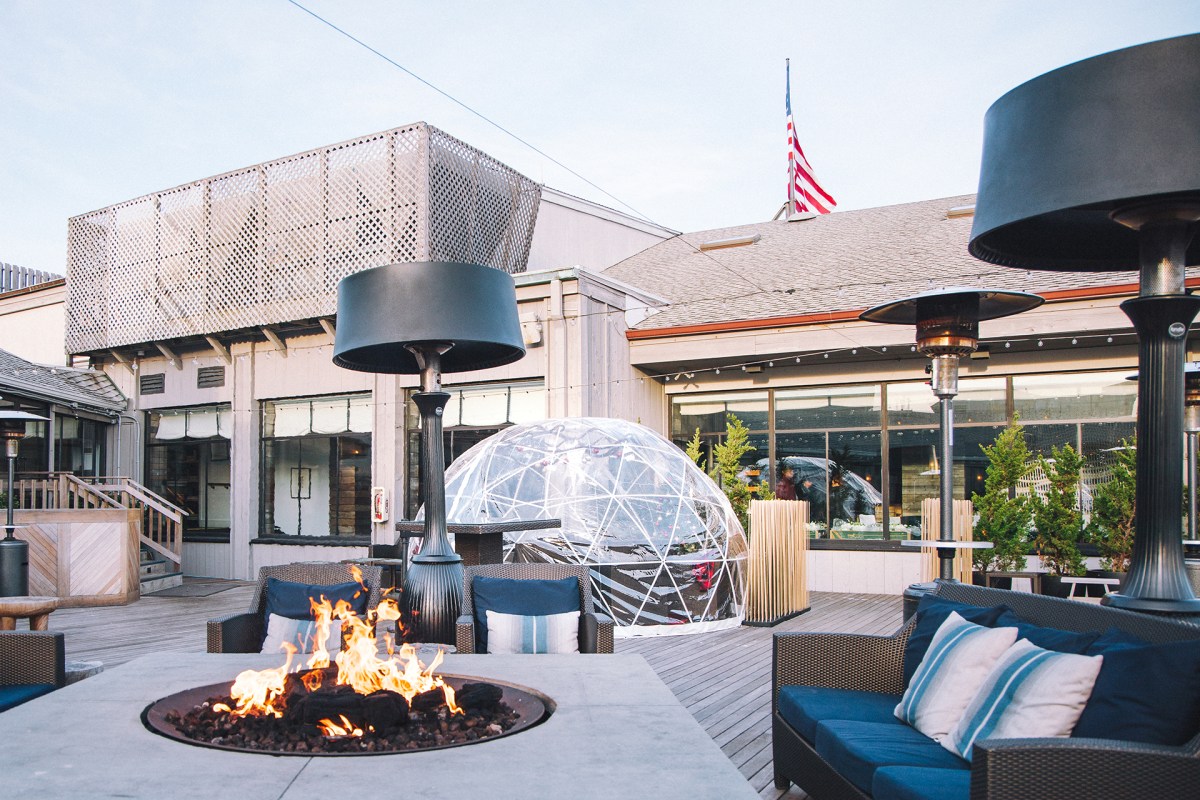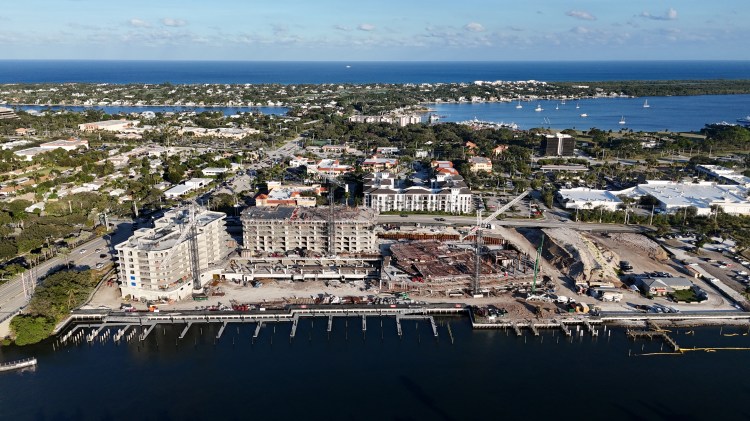Savoring Jamaica Bay
The Jamaica Bay Wildlife Refuge in Queens is one of the premier birding spots in the NYC metropolitan area. In the invigorating early morning air during the annual spring migration it offers a parade of colorful birds and a chance to ponder the mystery of avian DNA at work.
Last year I went there with a small group of veteran sharp-eyed birders. As soon as we arrive someone points out several white-crowned sparrows pecking at the grass adjacent to the parking lot. The black and bright white streaks on their crowns scream for attention. By contrast their breasts and bellies are pearl gray while their stout little bills appear almost orange. This bird’s designer made its creation simultaneously striking and soothing. Three brown-headed cowbirds are in a nearby tree. They are parasites that put their eggs into the nests of other birds among the occupants’ eggs, usually one per nest, hoping that the unsuspecting parents-to-be will incubate them.
Down a path a pair of yellow warblers comes off a tree, hovering close to each other and then fly back to the tree. Both birds are a lemon-colored yellow with the male having thin red lines on its breast and belly. The male now is on a leafy bush and seems to float off and flies to another branch. Like a dart she lands next to him. Soon we are hearing from passersby, AKA the birder’s grapevine, ”did you get the phalarope?” Before long we are off to see this rare bird.
The red-necked phalarope is a seven and three quarter-inch oceanic shorebird that winters at sea. It is able to rest and sleep while floating on the water. This one is a breeding female for whose elegance I’m unprepared. The bird’s slender neck is a dark rust color; her throat white and the sides a dull white, marked by gray, give her a mysterious look. Her back is a cacophony of white, brown and gray marked by two dull mustard-colored strips. Beautiful. The little phalarope has the buoyancy of a ping-pong ball and is in constant motion. Flicking her slender, black bill off the water’s surface, she skims insects and other aquatic life. She’s so, so quick. The phalarope momentarily jumps clear of the water then comes back down and continues her perpetual motion, to the delight of a large appreciative audience.
This year at the end of May, I went there with a friend, Walter. We see a chestnut brown–backed bird high in a tree, which gives me a warm glow of excitement every time I see it. “It’s a brown thrasher,” says Walter. The long tail is familiar and the breast is more brightly striated than I remember. The bird’s eye has a wide area of yellow by the rim. As its lower mandible opens wide, the upper one doesn’t move much. Each short, high, sweet-sounding note brings an intriguing look into the thrasher’s meat colored mouth.
Two male red-winged blackbirds are chasing a fish crow over the marsh. It may have landed near some red-winged male who had, with a metallic call, loudly proclaimed his territory for all to hear. One of the red-wings seems literally to poke the crow’s tail a few times, driving it over the bay toward Rockaway.
Tree swallows are in their colorful breeding plumage, midnight blue backs and crowns. One appears to be standing still in midair, suspended over one of the little wooden houses built for these birds. It is actually standing on a protective wire grid used to keep predators from eating the eggs inside. Looking at one through binoculars, the bright sun makes its back look as if it were made from burnished metal. The breeze however lifts the short feathers giving the bird a simultaneous metal-and-feathered look.
There are hundreds of brants here today, shorter stocky cousin of the Canada goose. On their black necks is a white mark, which looks like the remains of a kiss from white lipstick. Three long lines of brants have just risen from the pond like a precision fighter squadron then funnel effortlessly into two lines and continue like slow motion magic to the bay.
Along the Terrapin Trail are two sitting Canada geese. One with a dark tea-colored stain on its neck slowly stands up. Beneath it in a depression in the sand we can see two eggs, then three, and there’s probably more. With webbed feet, using quick movements, she turns one egg. Then slowly like a descending theatrical curtain her bulky white-feathered bottom covers the eggs. In the few tantalizing seconds this common bird has revealed the partial fruits of DNA’s spring dance.
At the end of the loop there’s a scenic vista of the beach and Jamaica Bay. In shallow water the partially submerged, unmoving shells of breeding horseshoe crabs glisten in the midday sun. Sometimes referred to as a “living fossil,” this crab is practically unchanged in 230 million years. Through binoculars some shells appear to be a non-descript color with light gray areas, others appear to have raised black barnacles. Some of the tails protrude from the water at a diagonal angle. The scene reminds me of photos of warships sunken in the shallow waters of Pearl Harbor. A woman in back of us points out that there’s a “horseshoe crab graveyard” only about 30, in front of us on the sand by rocks. Another says that one of the shells looks like a “WWI helmet.“ Indeed one of the nicknames some people use for the horseshoe crab is “the helmet crab.” We stay a while taking what we’ve just seen of nature’s life cycle at work.
Moments like these are meant to be savored.































